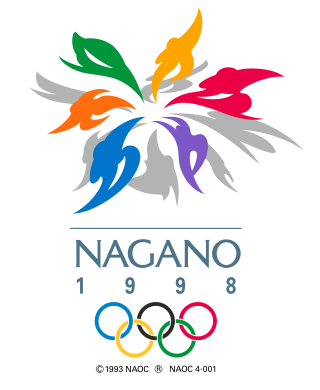
The 1998 Winter Olympics, officially known as the XVIII Olympic Winter Games and commonly known as Nagano 1998, were a winter multi-sport event held from 7 to 22 February 1998, mainly in Nagano, Nagano Prefecture, Japan, with some events taking place in the nearby mountain communities of Hakuba, Karuizawa, Nozawa Onsen, and Yamanouchi. The city of Nagano had previously been a candidate to host the 1940 Winter Olympics, as well as the 1972 Winter Olympics, but had been eliminated at the national level by Sapporo on both occasions.

The 1994 Winter Olympics, officially known as the XVII Olympic Winter Games and commonly known as Lillehammer '94, were an international winter multi-sport event held from 12 to 27 February 1994 in and around Lillehammer, Norway. Having lost the bid for the 1992 Winter Olympics to Albertville in France, Lillehammer was awarded the 1994 Winter Games on 15 September 1988, two days before the 1988 Summer Olympics opening ceremonies at the 94th IOC Session in Seoul, South Korea. Due to the calendar changes made in 1986, this was the only time that the Winter Olympics took place two years after the previous Winter Games, and the first to be held in a different year from the Summer Olympics. This was also the first Winter Olympics to be held during the Commonwealth Games and FIFA World Cup year. This was the second Olympic Games of any type hosted in Norway — the first being the 1952 Winter Olympics in Oslo — and the fourth Olympics overall to be held in a Nordic country, after the 1912 Summer Olympics in Stockholm, Sweden, and the 1952 Summer Olympics in Helsinki, Finland. Lillehammer is the northernmost city ever to host the Olympic Games.

The 1964 Winter Olympics, officially known as the IX Olympic Winter Games and commonly known as Innsbruck 1964, were a winter multi-sport event which was celebrated in Innsbruck, Austria, from January 29 to February 9, 1964. The city was already an Olympic candidate, unsuccessfully bidding to host the 1960 Games. Innsbruck won the 1964 Games bid, defeating the cities of Calgary in Canada and Lahti in Finland. The sports venues, many of which were built for the Games, were located within a radius of 20 km (12 mi) around Innsbruck. The Games included 1,091 athletes from 36 nations, which was a record for the Winter Games at the time. Athletes participated in six sports and ten disciplines which bring together a total of thirty-four official events, seven more than the 1960 Winter Olympic Games. The luge made its debut on the Olympic program. Three Asian nations made their Winter Games debut: North Korea, India and Mongolia.
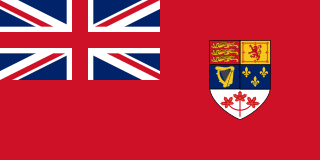
Canada competed at the 1960 Winter Olympics in Squaw Valley, United States. Canada has competed at every Winter Olympic Games.

Sweden competed at the 1960 Winter Olympics in Squaw Valley, United States.

Sweden competed at the 1972 Winter Olympics in Sapporo, Japan.
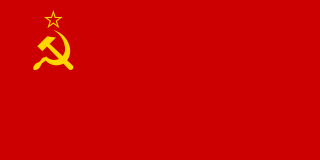
The Soviet Union (USSR) competed at the 1976 Winter Olympics in Innsbruck, Austria.

The Union of Soviet Socialist Republics competed at the 1988 Winter Olympics in Calgary, Alberta, Canada. It would be the last Winter Olympic Games before the dissolution of the USSR in 1991. Six of the former Soviet republics would compete together as the Unified Team at the 1992 Winter Olympics, and each republic would be independently represented at subsequent Games.

Finland competed at the 1960 Winter Olympics in Squaw Valley, California, United States.

Finland competed at the 1972 Winter Olympics in Sapporo, Japan.

Finland competed at the 1988 Winter Olympics in Calgary, Alberta, Canada.

Finland competed at the 1992 Winter Olympics in Albertville, France.

Finland competed at the 1998 Winter Olympics in Nagano, Japan.

Athletes from East Germany and West Germany competed together as the United Team of Germany at the 1960 Winter Olympics in Squaw Valley, United States.
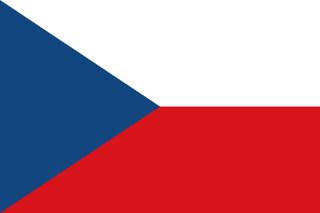
Czechoslovakia competed at the 1972 Winter Olympics in Sapporo, Japan. Ondrej Nepela won figure skating gold medal.
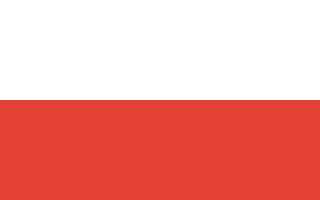
Poland competed at the 1972 Winter Olympics in Sapporo, Japan.
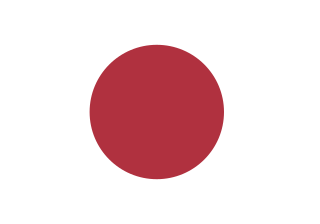
Japan was the host nation for the 1972 Winter Olympics in Sapporo. It was the first time that Japan had hosted the Winter Olympic Games, but second time overall after the 1964 Summer Olympics in Tokyo. It was also the first Winter Olympic Games held in Asia. The host nation sent 90 athletes, consisting of 70 men and 20 women, along with 20 officers. The flag bearer for the Japanese team, Mineyuki Mashiko did not participate in the game, but instead held the position of team manager.

Japan competed at the 1976 Winter Olympics in Innsbruck, Austria.

Sweden competed at the 2014 Winter Olympics in Sochi, Russia, from 7 to 23 February 2014. The Swedish Olympic Committee sent 106 athletes to the Games, 61 men and 45 women, to compete in nine sports. 38 of the 98 events had Swedish participation. The youngest athlete in the delegation was freestyle skier Sandra Näslund, at 17 years old, while ice hockey player Daniel Alfredsson was the oldest athlete at 41. Alfredsson competed in his fifth Olympics, and he thus became the first Swedish ice hockey player that has participated in five Olympic tournaments. 55 athletes were Olympic debutants. Sweden won 15 medals in total, making the Sochi games Sweden's most successful Winter Games ever in terms of medals. However, the number of gold medals (2) was lower than in the two previous Winter Games.
This article contains a chronological summary of major events from the 2014 Winter Olympics in Sochi, Russia.











